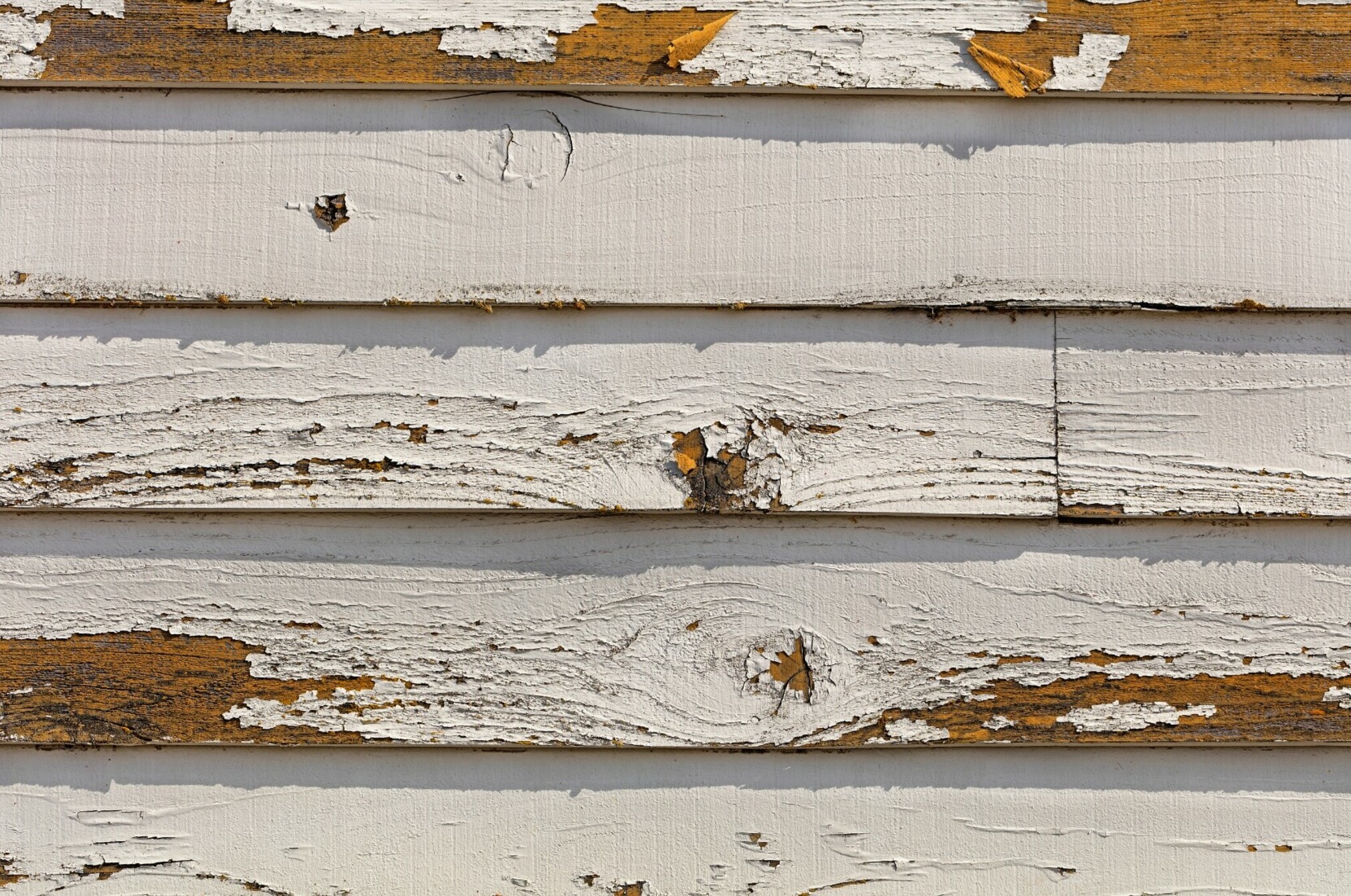How to detect lead in paints around your home and in your garden

Is there lead in your house paints?
Lead-based paint is the most common source of lead exposure in New Zealand and can lead to lead poisoning.

According to the research organisation Environmental Health Intelligence New Zealand, from 2014 to 2023, lead-based paint accounted for 27% of elevated lead blood level notifications.
Today, only special-purpose paints (for example, paint for art restoration or for harsh environments, such as bridges) are allowed to contain lead. These paints must be clearly labelled.
It’s impossible to tell if a paint has lead in it simply by looking at it. However, if a building dates back to the 1980s or earlier, you should presume it’s been painted with lead-based paint. Even if your house has been painted recently, it may have layers of old lead-based paint underneath.
Furniture, including cots, that was made or repainted before 1970 might also be painted with lead-based paint. Infants and young children can chew on such furniture when they are teething and swallow lead paint flakes. Replace any children’s furniture that you have doubts about to avoid possible exposure.
You can also test for lead in paints, using a lead paint test kit (available at paint stores).
There are several ways to safely remove lead-based paint. Wet sanding is the safest as it minimises contamination.
Top tips for removing lead paint safely
Before you start removing lead paint
- If you’re removing outside paint, close all doors and windows to prevent paint dust getting inside. Cover gardens to avoid contamination.
- If you’re removing inside paint, take down the curtains, remove any furniture from the room and cover carpets.
- Keep children and pets away from where you’re removing paint so they can’t play with or swallow paint flakes or dust.
- Use a large disposable groundsheet to collect all paint debris and protect the area. This will make it easier and safer to dispose of the debris later.
- If using water for sanding or washing down, don’t waterblast as it can spread the paint far and wide.
- Protect yourself.
- Wear a hat or cover your hair to prevent dust collecting in your hair.
- Wear a good-quality, properly fitted dust respirator. Respirators should meet the Australian / New Zealand standards (AS/NZS 1716:2012 and AS/NZS 1715:2009).
- If you’re using a disposable mask, choose one with a double head strap.
When you’re finished removing lead paint
- Clean the area around the groundsheet with a commercial vacuum cleaner fitted with a high-efficiency dust filter (HEPA filter) to collect all the debris.
- Wet wipe surfaces to remove any dust.
- Wrap all paint debris securely. You can put small amounts in your general rubbish, but you’ll need to take larger amounts to the landfill. Check with your local city or district council if you’re not sure.
- Don’t burn paint debris or wood painted with lead-based paint.
- Before eating, smoking or handling children, change out of your work clothes and thoroughly wash and dry your face and hands.
- Put your work clothes through a separate wash.
Is there lead in your garden?
Lead contamination can be a problem in your garden. Lead and other metals occur naturally in soil, but levels can vary. The levels depend on how well the exterior of any buildings around your garden has been maintained and how close your garden is to a main road.
There’s a simple way to find out the levels of lead in your soil.
The School of Environment at the University of Auckland, in partnership with organisations including GNS Science and Macquarie University in Australia, runs the Soilsafe Aotearoa programme. The programme tests for four metals in home garden soils, including lead.
You’ll need to collect cricket ball-sized soil samples from around your home and send them for testing. The test is free, but you’ll need to pay postage to the Dunedin lab.
Testing takes about 8 weeks. If contamination is found, Soilsafe Aotearoa will advise you what to do. Register at Soilsafe Aotearoa.

Is lead lurking in your home?
Lead poisoning is a serious public health issue. We investigate where it might be hiding in your home, including in cosmetics and cheap tapware.
Member comments
Get access to comment